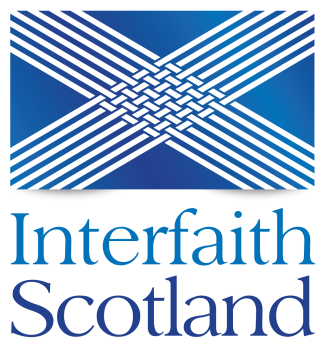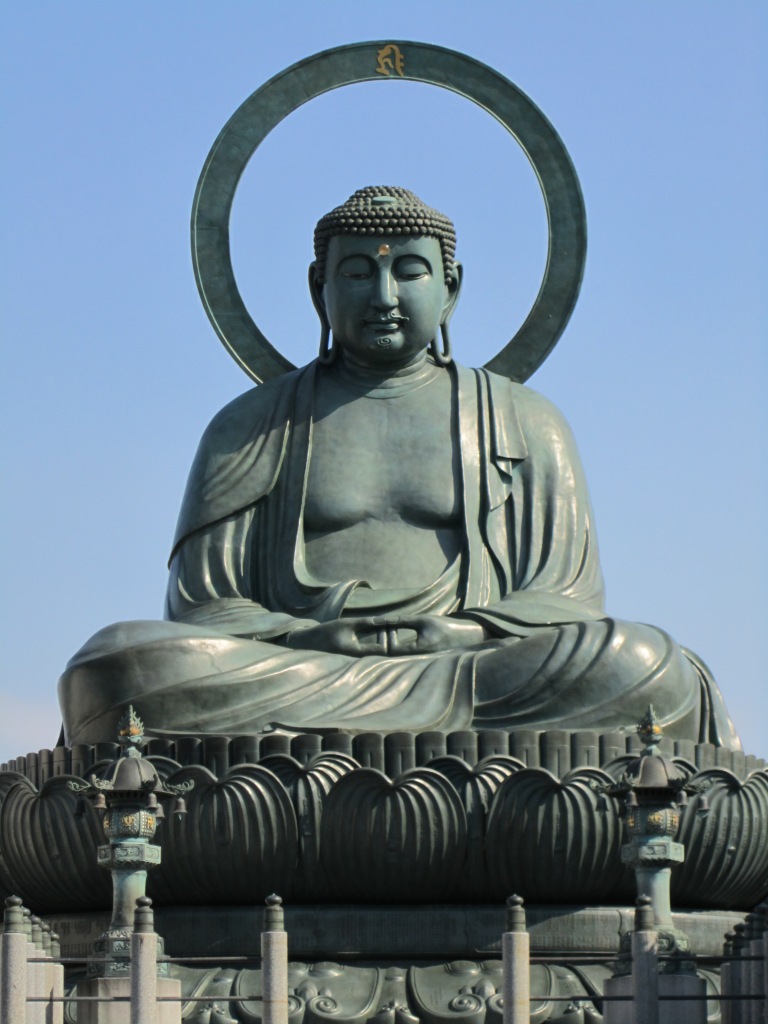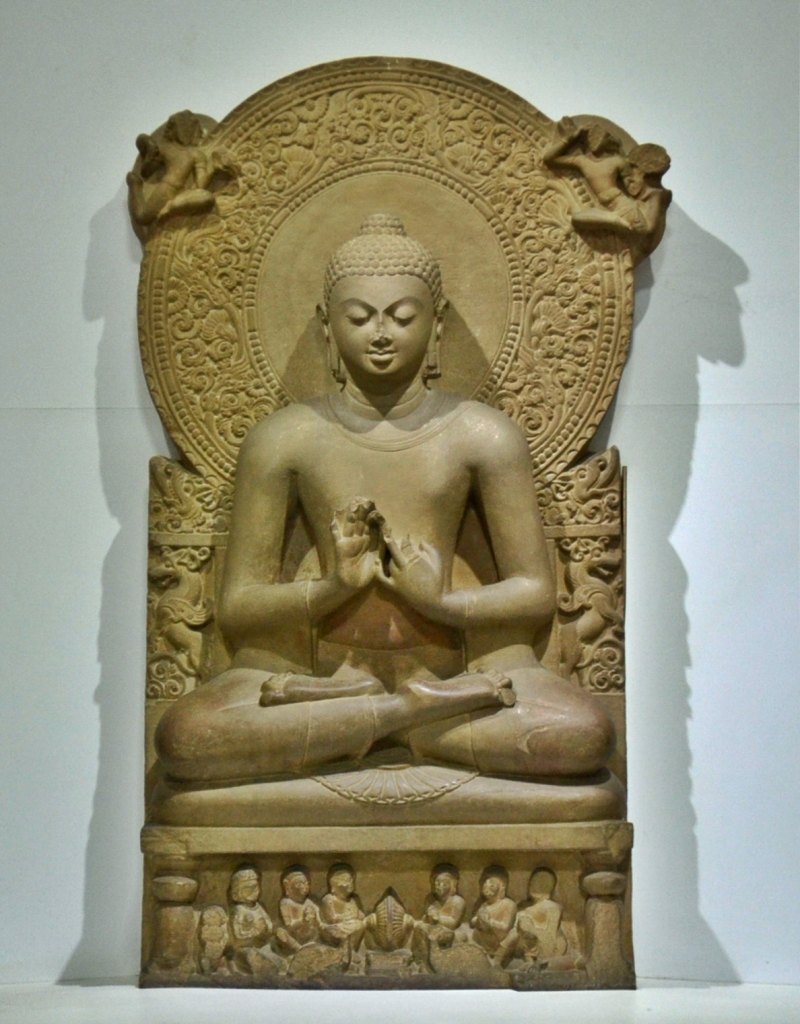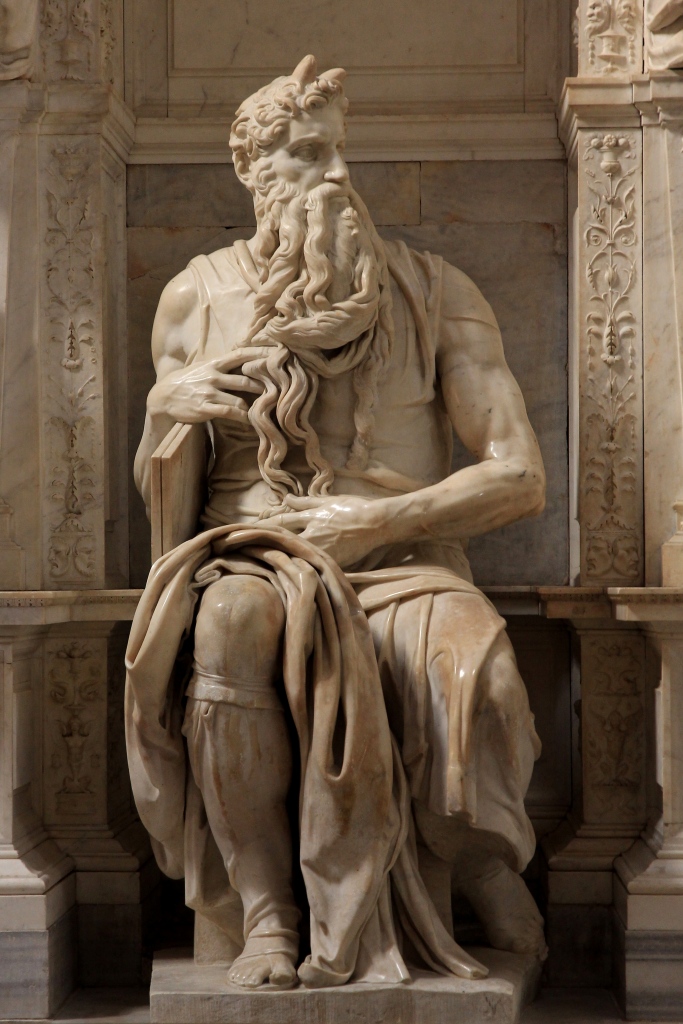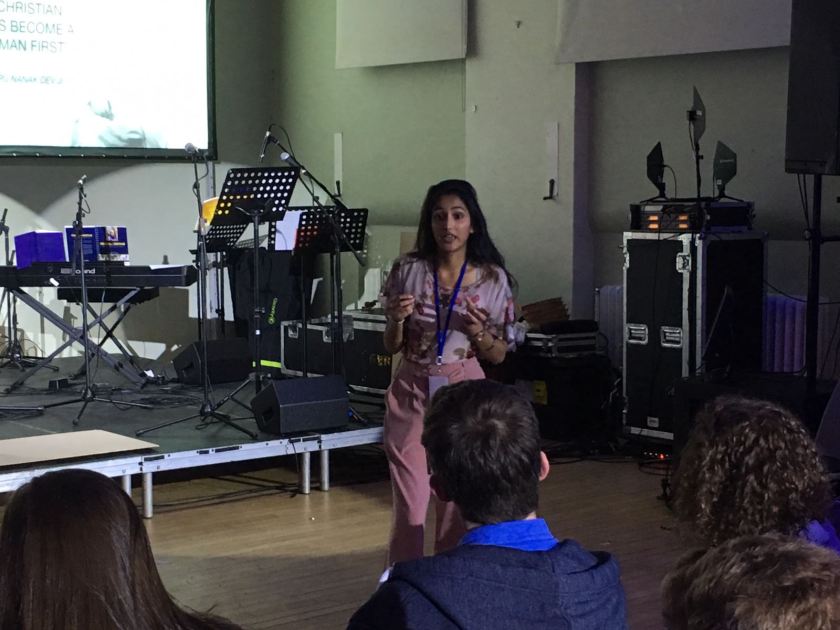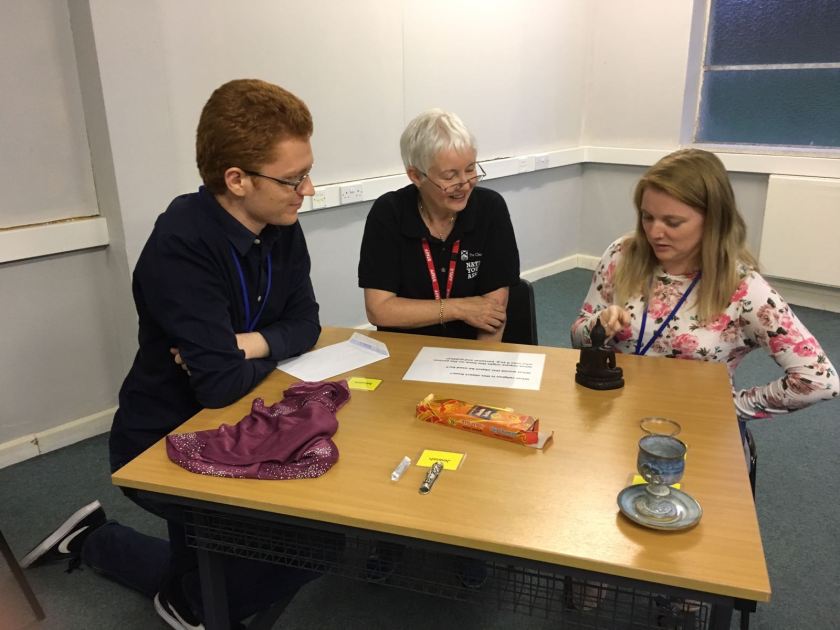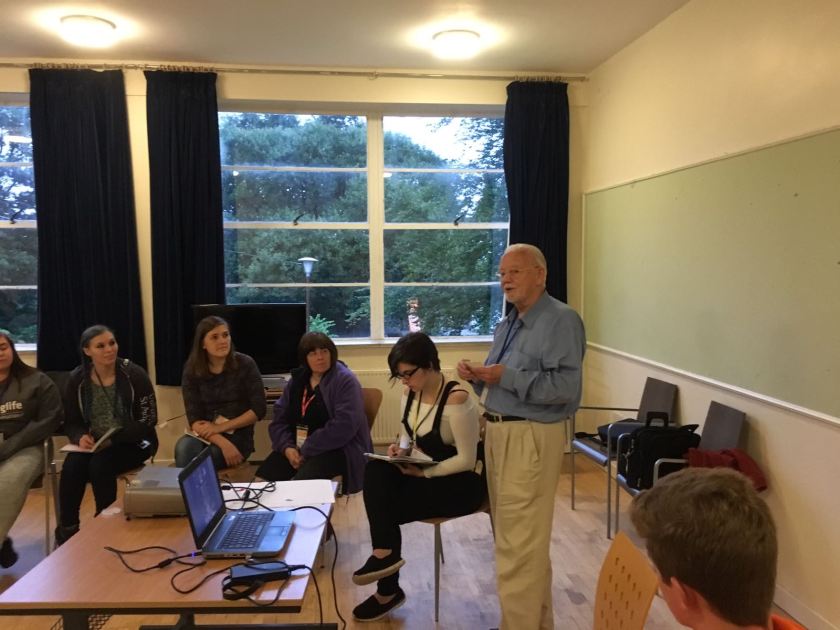Last Saturday the first Weekend Club in my time in Scotland took place. The Weekend Club is an Interfaith Glasgow project, where volunteers and refugees and asylum seekers spend an afternoon together. There are always foods and drinks and some kind of an official programme. Sometimes the group goes on a trip somewhere in Scotland, sometimes they learn something about Scottish history and culture and sometimes they do something about different faith traditions or religious feasts.
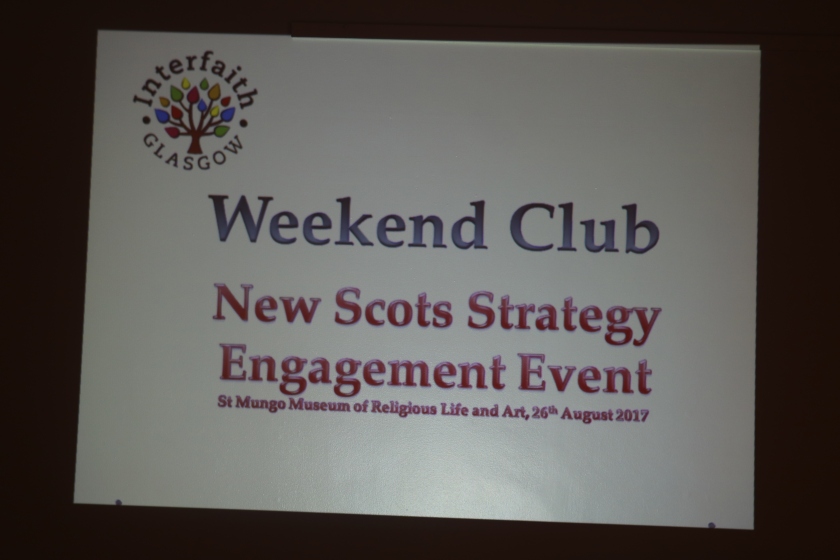
This time the event was mainly about discussion some questions. The questions came from the Scottish government, which wants to explore how refugees and asylum seekers feel at the moment, what should change from their point of view and what they could do about it. These questions were discussed in small groups and the answers of the refugees and asylum seekers were (anonymously) written down and will be send to the government.
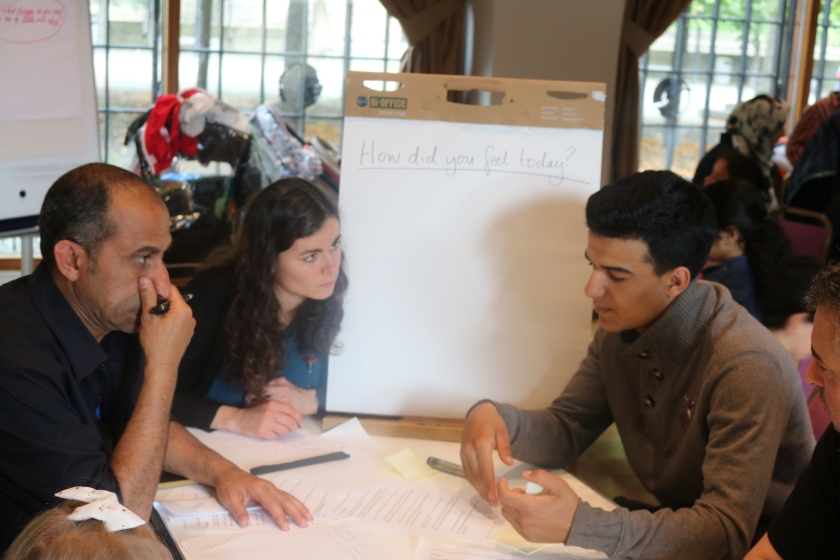
It was very interesting to hear and read about how the refugees and asylum seekers are experiencing their time in Scotland. My feeling is, that although I came as a “stranger” to this country only about two months ago and not everything is easy for me as well, their life is much more difficult than mine. As asylum seekers they are not sure about their status and if they are allowed to stay in this country. They are not allowed to work and their children have difficulties to get accepted at good schools or universities. As refugees and asylum seekers they often have difficulties to learn the language and don’t know much about the rules and the culture in this country. They face racism and discrimination.
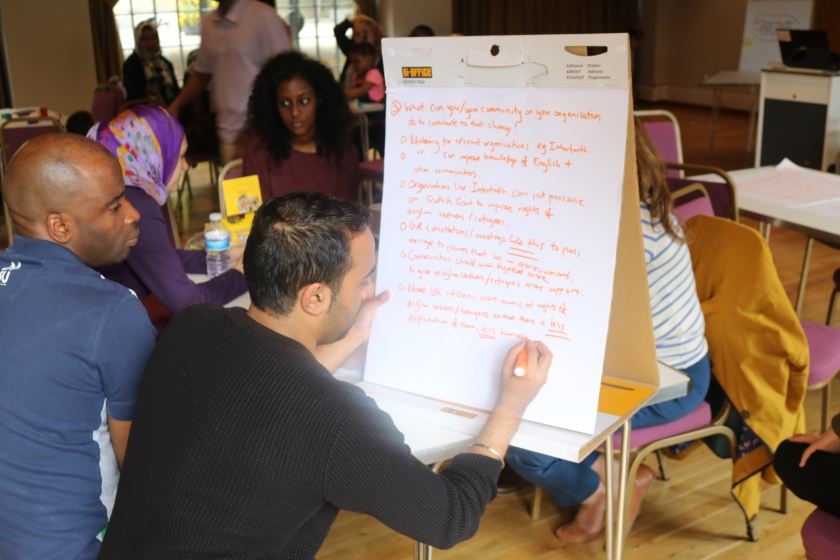
In my opinion its good, that the government asks the questions about the experiences of refugees and asylum seekers in Scotland. I don’t know enough about the politics and the system of how refugees and asylum seekers are treated to have an own opinion about if the government does enough or the right things for refugees and asylum seekers.
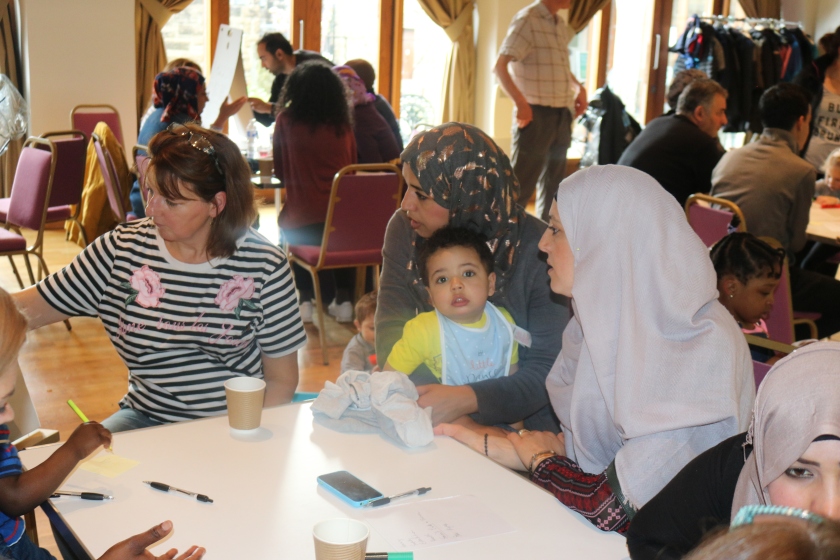
What I realized when I read all the notes from the different discussion groups was that the topic of “faith” or “religion” was not mentioned at all. That could be because none of the questions asked about this topic. It could be because not everybody is religious. It could also be because if you are struggling with organising your daily life after you had to leave your country because of violence, war or hunger maybe faith is not the most important topic to deal with.

I am not sure, but normally I would suggest that faith is an important topic for at least some of the refugees and asylum seekers (at least on the same level of importance as for non-refugees and asylum seekers). Especially if you are in a foreign country with a different culture your faith can become more important than it has been in your homeland, because the faith is something you can carry with you. And if I have a look at the important figures in the different faith traditions – as for example Moses, Jesus, Mohamed, the Sikh Gurus or Bahá’u’lláh – I see a lot of persons who have been refugees themselves or have faced discrimination, persecution and violence by different authorities. From my point of view the powerful life-stories of these persons can help you, if you go through difficult times yourself. And I suppose that having at least one area of life (faith), where you don’t have to struggle can even help you to settle and to integrate in a foreign society. So I really hope that the refugees and asylum seekers in Scotland, Europe and all over the world not only must think about healthcare, housing and employment but that they have a faith which supports them and helps them finding their way.
